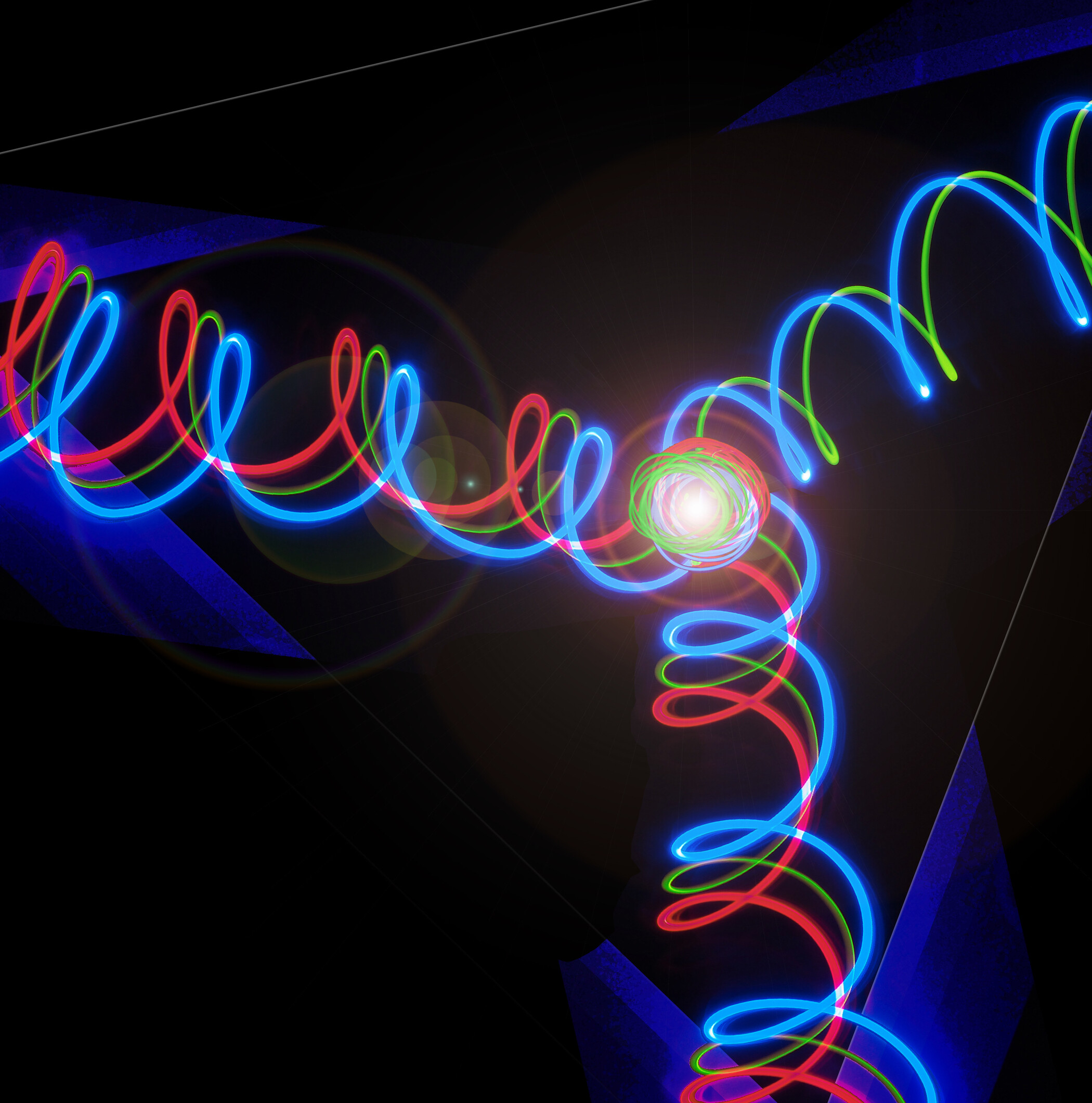
In contrast with several quantum physical systems being studied today, a photon has the potential to carry a vast amount of information in its spatial and temporal structure. More importantly, recent years have seen the development of techniques that allow one to precisely manipulate these photonic degrees of freedom and generate extremely large quantum states of light in the laboratory. Increasing the complexity of such states has the potential to enable high-capacity, ultra-secure quantum information networks in the future, while also allowing us to address fundamental questions in quantum mechanics, such as how macroscopic an entangled quantum state can be.
Recently, members of our group in collaboration with the Zeilinger group demonstrated the first multi-photon entangled states in dimension greater than two [1]. In general, we have extensive collaborations with the groups of Nicolas Gisin in Geneva (see e.g. [2]) and Anton Zeilinger at the IQOQI Vienna (see e.g. also [3]). While the creation of such states already presents a significant experimental challenge, the precise characterization of their quantum properties such as entanglement is also considerably hard. For example, reconstructing an entangled state of three qutrits requires thousands of projective measurements in the lab. Given the low count rates that normally plague multi-photon experiments, this procedure can take up to several months!
We are interested in developing techniques for efficiently creating complex forms of entanglement in the laboratory, as well as realizing fast and resource-efficient methods for quantifying the entanglement in such states. This will allow the practical application of these states in quantum information protocols such as quantum communication and simulation.
Recent work:
S. Ecker, F. Bouchard, L. Bulla, F. Brandt, O. Kohout, F. Steinlechner, ... & M. Huber. Overcoming Noise in Entanglement Distribution. Physical Review X, 9(4), 041042 (2019)
J. Bavaresco, N. H. Valencia, C. Klöckl, M. Pivoluska, P. Erker, N. Friis, ... & M. Huber. Measurements in two bases are sufficient for certifying high-dimensional entanglement. Nature Physics, 14(10), 1032-1037 (2018)
N. Friis, O. Marty, C. Maier, C. Hempel, M. Holzäpfel, P. Jurcevic, ... & B. Lanyon. Observation of entangled states of a fully controlled 20-qubit system. Physical Review X, 8(2), 021012 (2018)
N. Friis, G. Vitagliano, M. Malik, et al. Entanglement certification from theory to experiment. Nat Rev Phys 1, 72–87 (2019).
F. Brandt, M. Hiekkamäki, F. Bouchard, M. Huber, and R. Fickler. High-dimensional quantum gates using full-field spatial modes of photons. Optica, 7(2), 98-107 (2020).
Bibliography:
[1] M. Malik, M. Erhard, M. Huber, M. Krenn, R. Fickler, A. Zeilinger, Multi-photon entanglement in high dimensions, Nature Photonics 10, 248-252 (2016)
[2] A. Tiranov et.al. Temporal multimode storage of entangled photon pairs, Phys. Rev. Lett. 117, 240506 (2016); A. Tiranov et.al. Quantification of multi-dimensional photonic entanglement stored in a quantum memory based on sparse data, arXiv:1609.05033
[3] Ch. Schaeff, R. Polster, M. Huber, S. Ramelow, A. Zeilinger, Experimental access to higher-dimensional entangled quantum systems using integrated optics Optica 2(6), 523-529 (2015); M. Krenn, M. Huber, R. Fickler, R. Lapkiewicz, S. Ramelow, A. Zeilinger, Generation and Confirmation of a (100x100)-dimensional entangled Quantum System PNAS 111(17), 6243-6247 (2014); R. Fickler, R. Lapkiewicz, M. Huber, M. P. J. Lavery, M. J. Padgett, A. Zeilinger, Interface between path and OAM entanglement for high-dimensional photonic quantum information. Nature Communications 5, 4502 (2014)
Huber Group
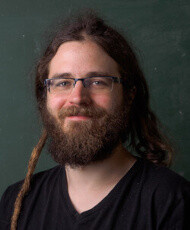
Marcus Huber
Independent Research Group Leader START+43 (1) 51581 - 9560
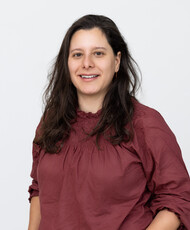
Elizabeth Agudelo Ospina
Post Doc (TU Vienna)
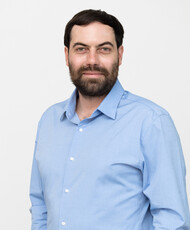
Paul Erker
Post Doc (TU Vienna)
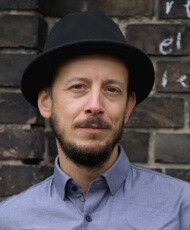
Rainer Kaltenbaek
Senior Post Doc
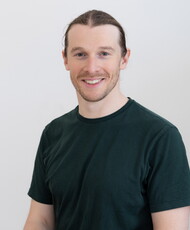
Maximilian Lock
Post Doc (TU Vienna)
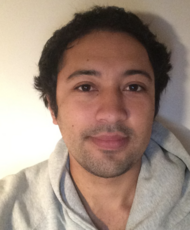
Yuri Minoguchi
PhD Student